WATER E-JOURNAL 2021
.png)
Testing secondary clarifiers to understand installed and theoretical capacity
C Cole
Full scale testing of secondary clarifiers was completed using the WERF Protocol for Evaluating Secondary Clarifier Performance (WERF/CTRC (2001)). The project purpose was to understand...
Read Full Paper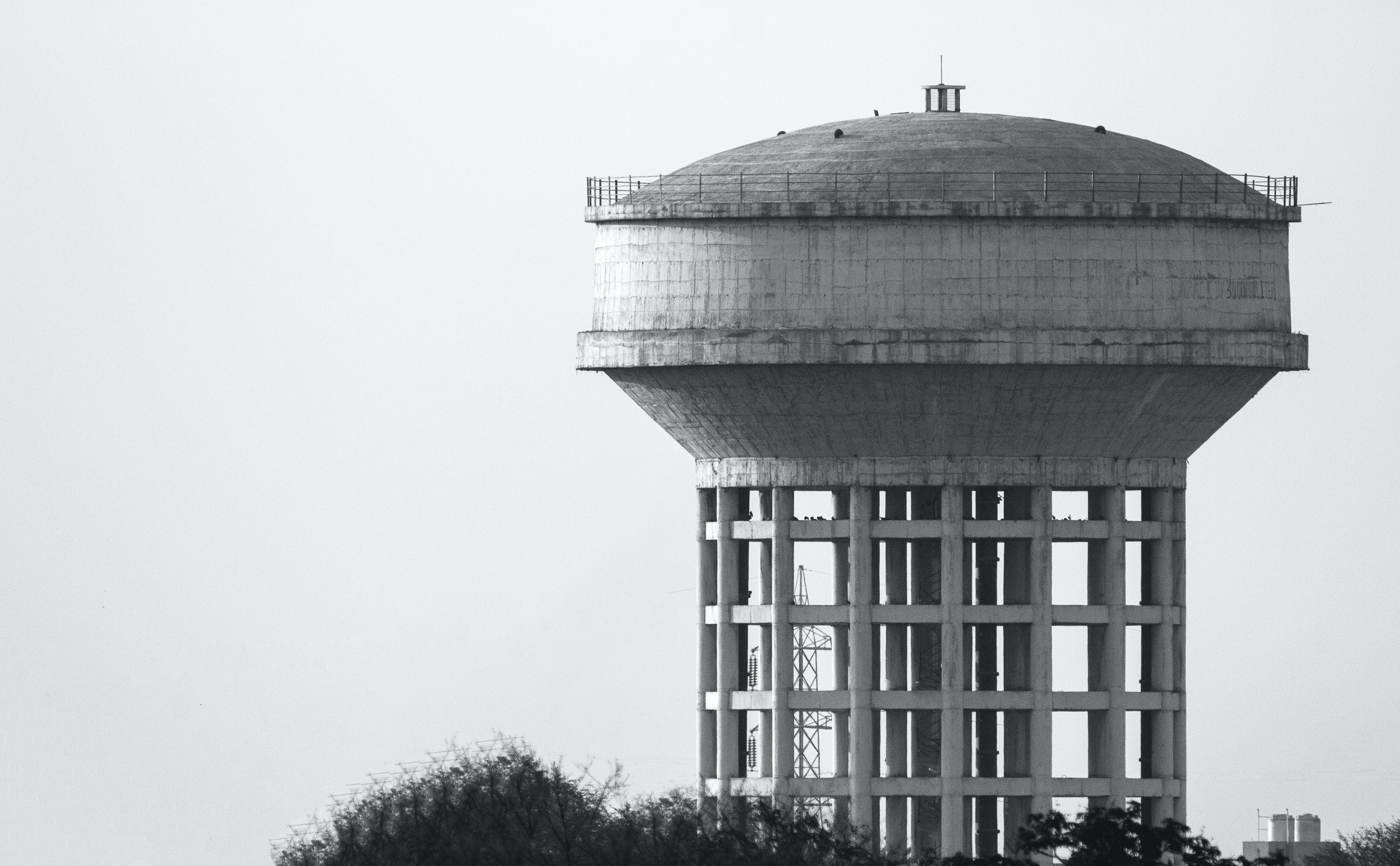
Using Digital Twin technology to improve inspection methods of high risk assets
V Coimbatore, E Boxall
Digital Twin (DT) technology has changed the way critical in-service assets such as elevated potable water tanks are inspected and condition assessed. With the advent of remote inspection practices, only minimal...
Read Full Paper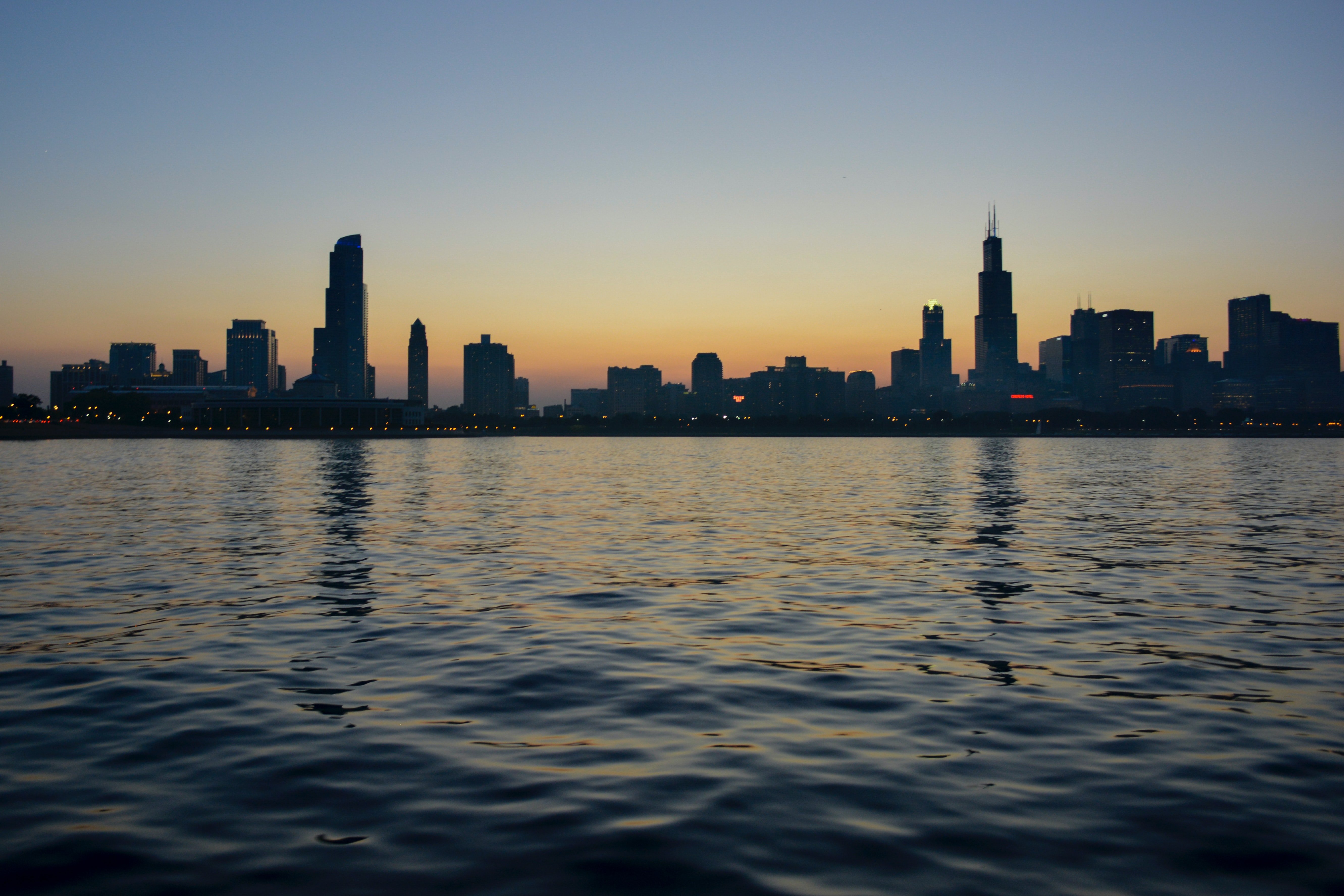
Helping Australian cities transition to more sustainable water system services
B Rogers, C Chesterfield, K Hammer
Governments and water sector organisations in Australia, and increasingly in other nations, are beginning to adopt policies and agendas to improve urban liveability, particularly...
Read Full Paper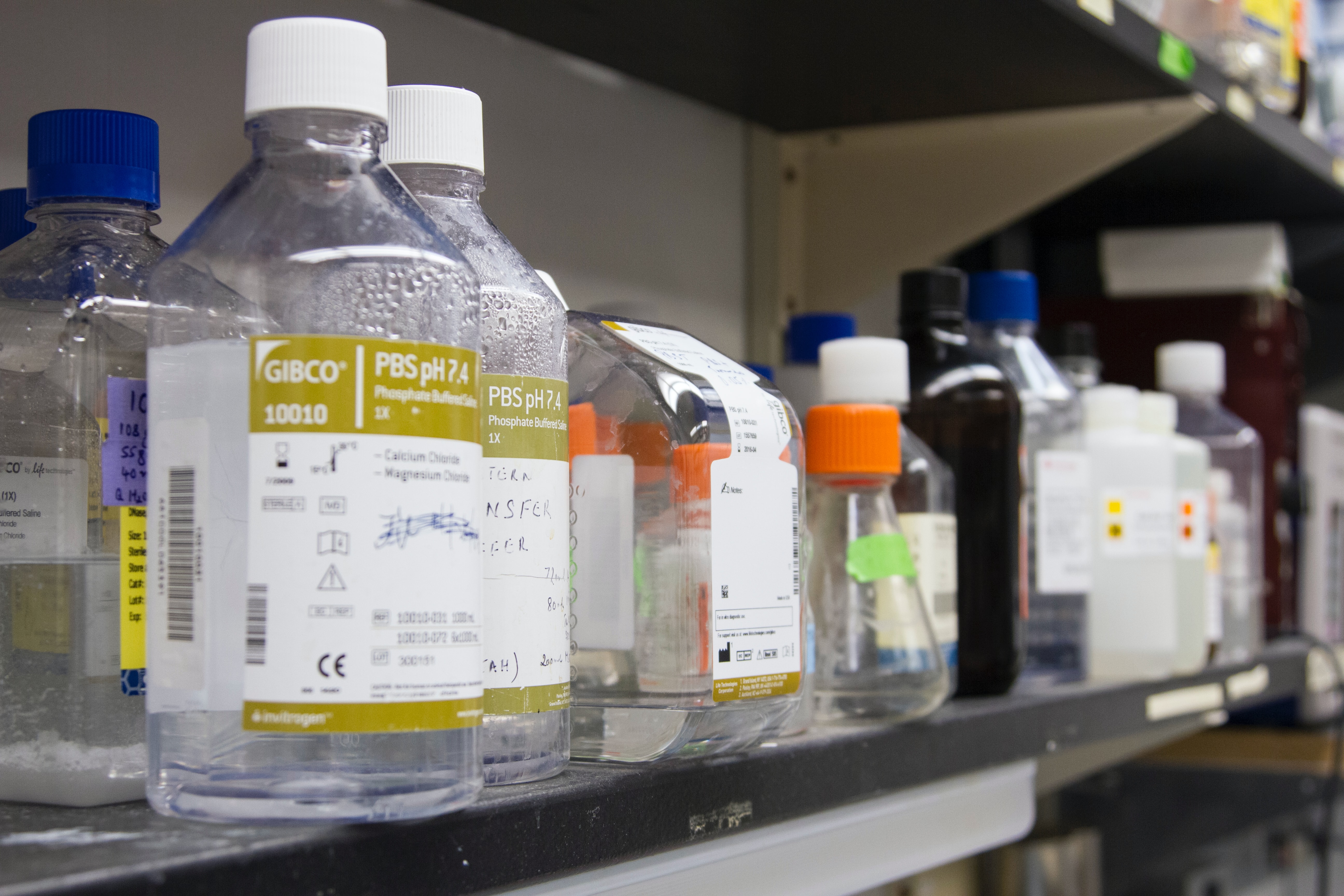
Using chloramine trials to determine the impacts of water disinfection
C Veal, C Wong, P Sherman, P Wetherell, D Middleton, J Wain
Over 14-weeks during the Queensland summer (2019/2020), the chloraminated network received an elevated total chlorine residual (4.0 mg/L) as part of a trial to determine if this increased residual had any impact on...
Read Full Paper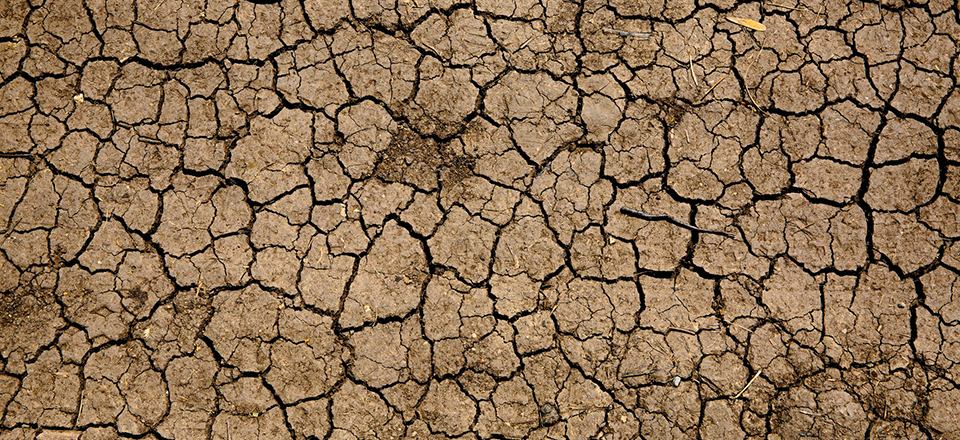
Ensuring Perth, Western Australia, transitions to a leading water sensitive city
N Riethmuller, A Torre, S Shepherd, W MacLaurin, B Rogers, C Chesterfield
The climate of Perth, Western Australia, is becoming hotter and drier, while urban development and the demand for water continue to grow. No single organisation on its own...
Read Full Paper
NSW Supreme Court overturns initial Brisbane Flood class action decision
B Ford, T Gardner
This paper tries to explain the history of deciding culpability for the 2011 Brisbane floods. In September 2021 the NSW Supreme Court of Appeal overturned the decision of the initial class action trial judge who found...
Read Full Paper
Using a Rapid Assessment Tool to Improve Water Quality Testing Results
S Schroeder, A Killeen, S Kumarasingham, A Davison
The role of monitoring is fundamental to the successful implementation of the risk framework in the contemporary water utility. Meaningful data interpretation...
Read Full Paper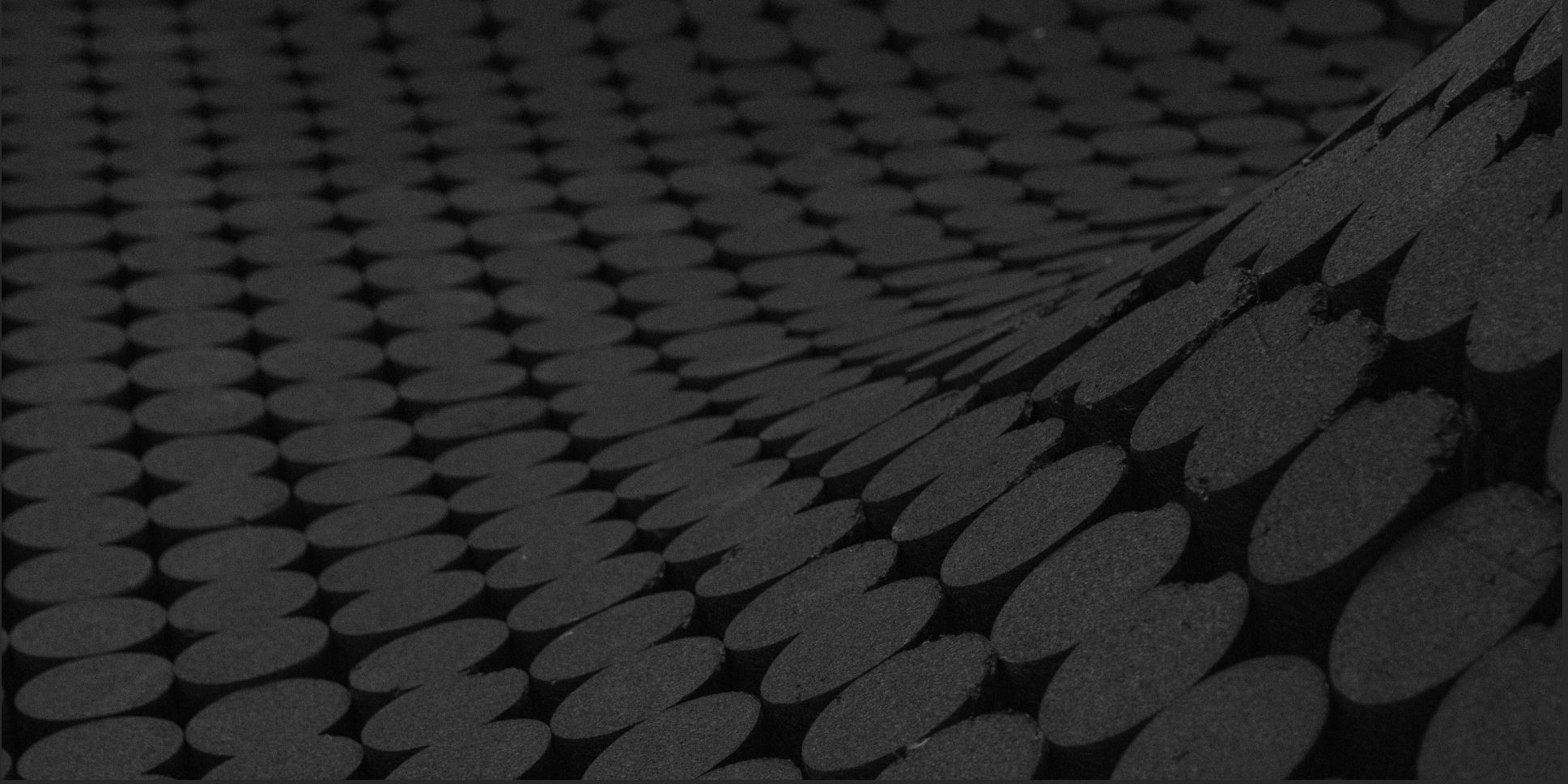
A Strategy to Go Beyond Zero Carbon
S Prunster, F Pamminger, G Wilson
Our water industry has a proud history of leaving legacies for future generations. Some argue that the provision of sanitation has saved more lives that doctors. So what legacy will our generation...
Read Full Paper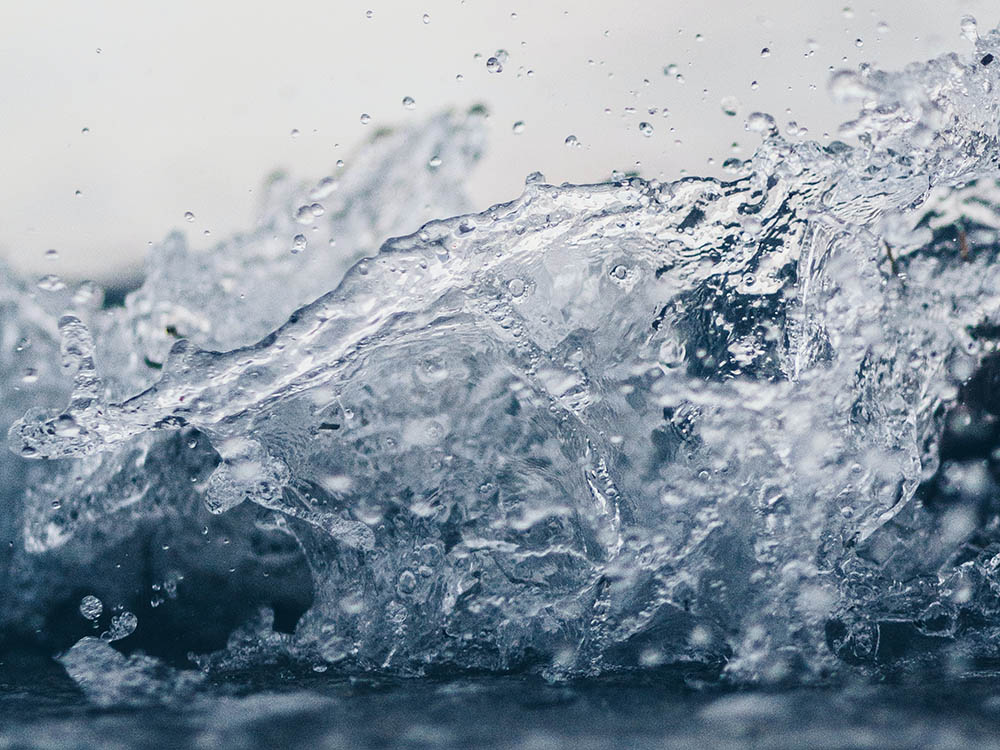
Green façades irrigated with greywater in Perth’s Mediterranean climate
A Karima, C Ocampo, L Barton, C Oldham
Green walls are gaining popularity in urban areas for offering aesthetic, shade and thermal benefits. However, with climate change and reduced rainfall, shortages of potable water makes...
Read Full Paper
Using a New Acid-tolerant Bacteria to Improve Sludge Management
Z Wang
Wastewater treatment plants (WWTPs) are evolving from pollutant removal facilities to energy and resource recovery factories. This paper introduces an acidic activated-sludge process, which expands the operational pH from a neutral...
Read Full Paper
Using Human Centred Design to Improve Cambodian Communities’ Understanding of Water
A Henschke, J McAllister, S Harbig,
S May
In 2019, Engineers Without Borders Australia (EWB Australia) piloted the ‘Solutions for Sustainable Development’ program over six days in three isolated Cambodian communities....
Read Full Paper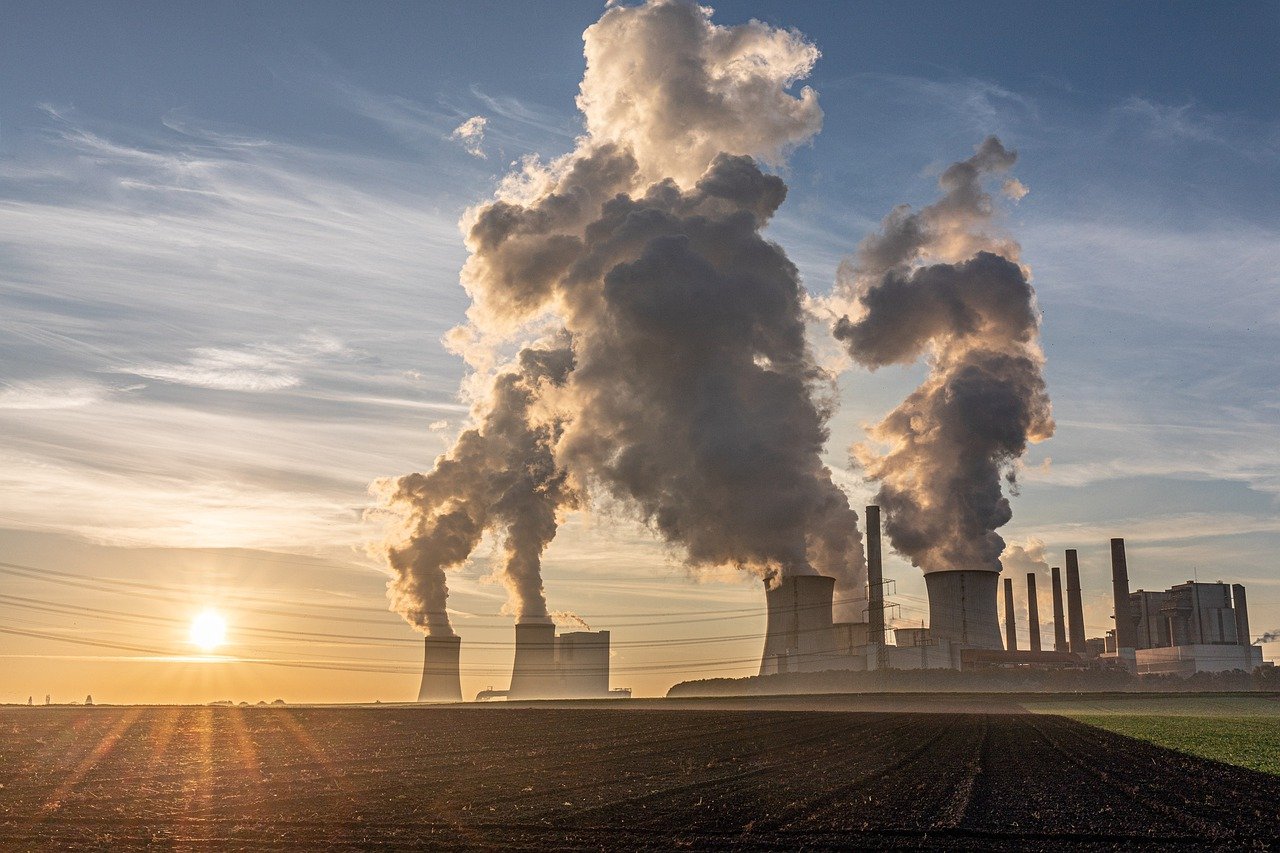
How CO2 Curing Can Turn Alum Sludge Into Construction Material
Y Zhuge, C Chow, A Keegan, Y Liu,
W Duan
Alum sludge is produced as a by-product of drinking water treatment processes when aluminium sulfate is used as a coagulant. For the last decade, sludge production has increased significantly with increasing demand for drinking...
Read Full Paper
Implementing Australia’s First Live Catchment Pollution Detection Network
H Baker, D McCarthy, J Morris
The Pollution Prevention Program was developed by Melbourne Water through the Enhancing Our Dandenong Creek program. Delivered collaboratively between 2013-2020, the project includes both research...
Read Full Paper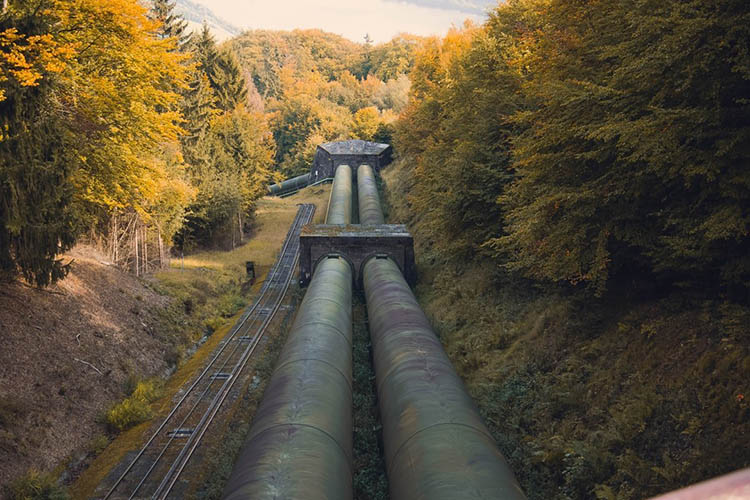
Feasibility of Mini Hydropower in Water Transmission Pipelines
A Cox, A Smith
Hydropower, with an efficiency averaging 80-90%, remains one of the most compelling renewable energy technologies on the market. However, with the substantial capital cost associated with the construction of...
Read Full Paper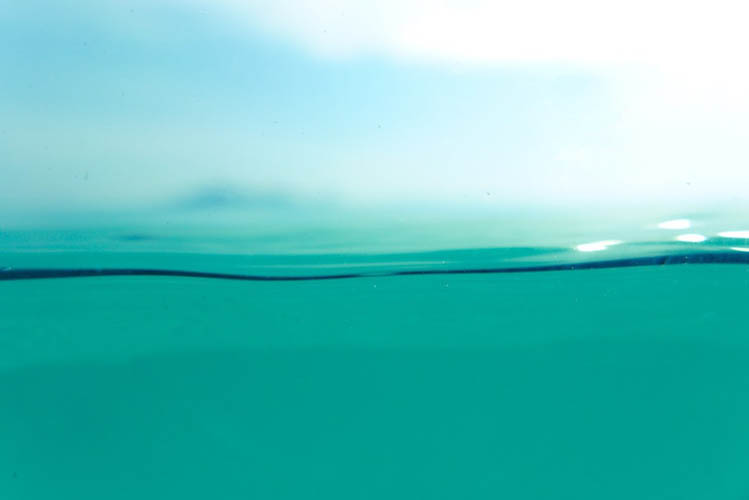
Digital Reference Framework Clarifies Communication in Water Sector
N Nguyen, P Siemers, G Ryan,
S Harrington
This document describes a Digital Reference Framework (DRF) that has been jointly developed by the Water Services Association of Australia (WSAA) and the Internet of Things...
Read Full Paper
MBR Technology Used to Increase Capacity of the Yeppoon Sewage Treatment Plant
J O’Hare, M Newland
Membrane bioreactor (MBR) technology was used to increase the capacity of the existing Yeppoon Sewage Treatment Plant (STP) by 48% to 31,000 equivalent persons (EP) (average dry weather flow...
Read Full Paper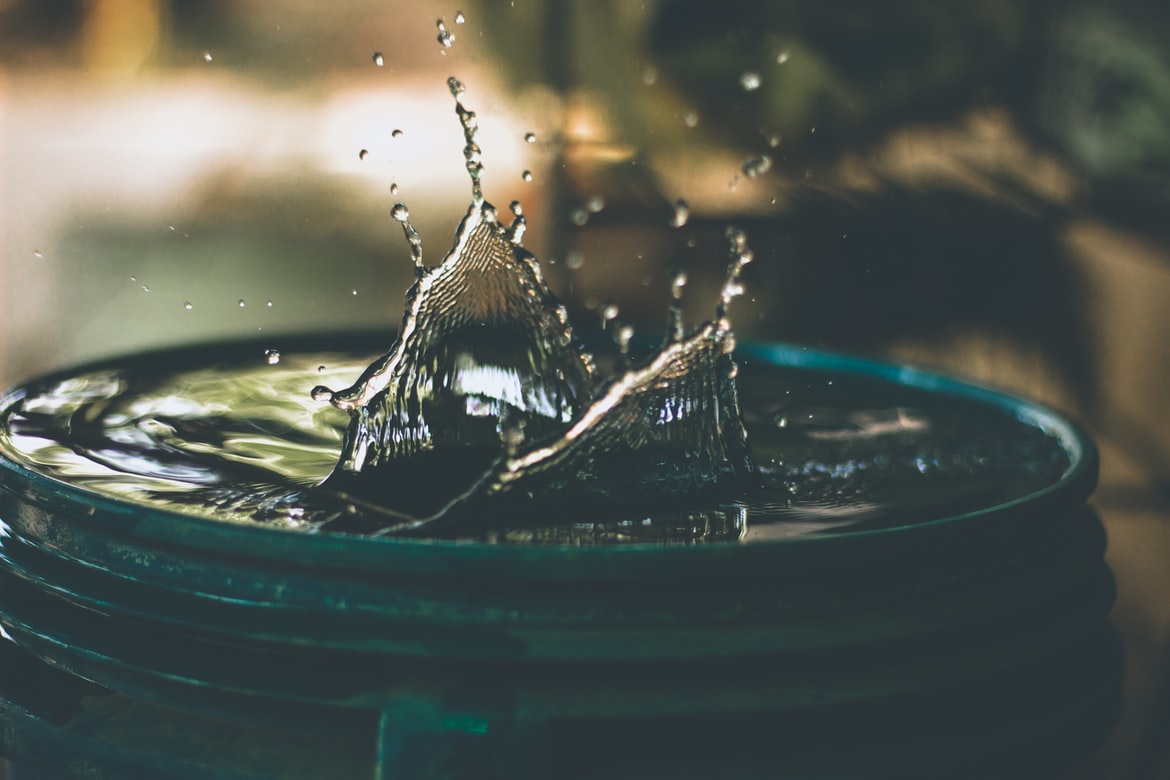
Self-Cleaning Screen Reduces Desalination Plant Operating Costs
J Pickford, B Gido, R Levy, M Dagan
A unique screen flushing mechanism enables reliable continuous operation of a very fine screen (≤20µm) filter, placing an interesting alternative to the conventional use of disposable cartridge filters for...
Read Full Paper
Recycled Water for a Greener Parkes
J Fyfe, C Li, G Oliveira, H Al Kabanchi,
S Trad, A Francis
In the face of severe droughts and associated water scarcity, Parkes Shire Council, a local government and water utility in Central West NSW, established a pioneering Recycled Water Scheme (RWS) for the irrigation of playing...
Read Full Paper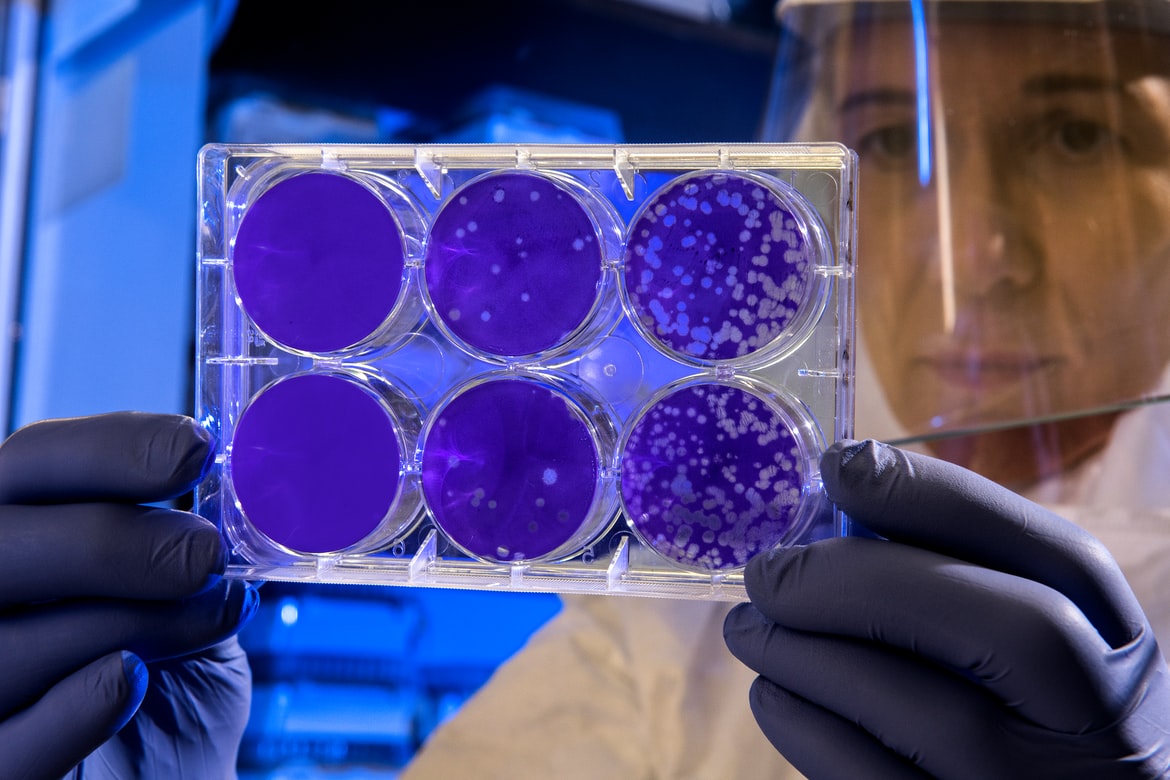
Alternative cyanobacteria management approaches
A Rohlfs, A Davie, J Pera
Aeration is conventionally used to prevent cyanobacteria blooms in source water storages but is often prohibitively expensive. There are several treatment products on the market that may offer an alternative approach to cyanobacteria...
Read Full Paper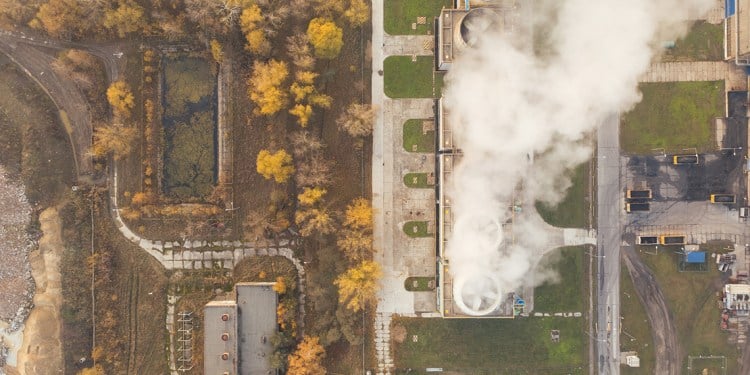
Better Understanding Wastewater Treatment’s Nitrous Oxide Emissions
D de Haas, L Ye
Nitrous oxide (N2O) is a major contributor to direct (Scope 1) greenhouse gas (GHG) emissions from wastewater treatment plants (WWTPs). Activated sludge systems typically represent the bulk of mainstream treatment processes,…
Read Full Paper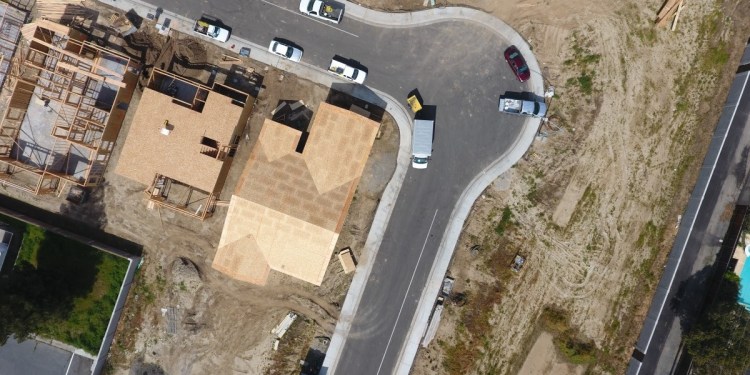
When Urban Stormwater Meets High Groundwater – Part 2
S Thompson, M Shanafield, A Manero,
G Claydon
New land releases in the Perth Region on Western Australia’s Swan Coastal Plain are increasingly constrained by seasonally high groundwater (within 4m of the land surface). The measurement...
Read Full Paper
When Urban Stormwater Meets High Groundwater – Part 1
S Thompson, M Shanafield, A Manero,
G Claydon
In Perth, Western Australia, “high” groundwater areas (i.e. where the groundwater is less than 4 m below ground) represent an important challenge for residents, real estate...
Read Full Paper
Estimating ADWF at sewage treatment plants
D de Haas, S Ng, N Dahl, D Baulch
Estimating and understanding Average Dry Weather Flow (ADWF) is fundamental to the planning, design, and operation of sewage treatment plants (STPs). This paper reviewed methods for estimation of ADWF, in four general groups: Rainfall...
Read Full Paper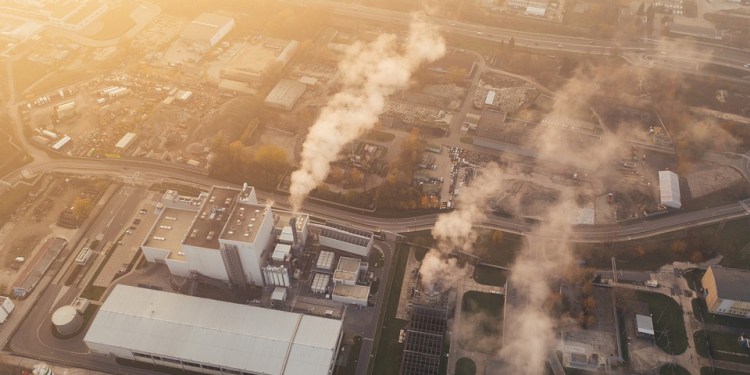
Low-carbon future opens opportunities for water sector
N Tawona
The list of countries that have committed to net-zero emissions by 2050 is growing. All Australian states and territories have committed to this target. It has prompted businesses in both the public and private sectors to begin developing...
Read Full Paper
Containing smart water metering risks
E Johnson
Implementing smart water metering systems has numerous potential benefits for both a utility and its customers. Despite the benefits, implementing smart metering systems also introduces asset anomalies...
Read Full Paper
Digital metering hands control to customers
B Nitschke, A Rohde
GWMWater’s urban water customers can now better track their water usage on their phone, computer or any other electronic device following the completion of an Urban Remote Metering project in...
Read Full Paper
“Gully pit inserts” shown to reduce pollutants in stormwater
B Dalrymple, M Wicks, W Jones,
B Allingham
‘Gully pit inserts’ (or ‘gully baskets’) are a commonly applied stormwater control measure given they can often be easily integrated into gully pits with no impact to the usability of the...
Read Full Paper